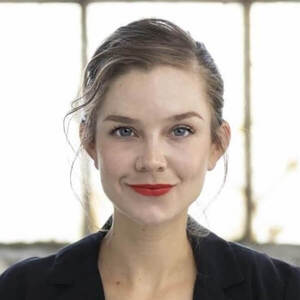
Generative AI like ChatGPT, Bing, Midjourney and Dall-E have taken the world by storm, said Sarah Edmands Martin, an assistant professor of art, art history and design, offering what appear to be all sorts of new opportunities for people to produce content.
And in 2018, Christie’s became the first auction house to sell an artwork created by artificial intelligence (the “Portrait of Edmond de Belamy,” created by the Paris-based arts collective Obvious, sold for $432,500).
“The recent accessibility of AI raises a number of philosophical, ethical and political questions for the art world: For example, does AI hasten the automation of the creative industries, while exploiting vast archives of human labor?” Edmands Martin said. “After all, AI programs like Midjourney and Dall-E use human-generated artworks as training data without compensation, which many people — fairly — fear disempowers or displaces workers in creative industries.”
AI also highlights preexisting artistic and design-related issues within our digital and networked present, she added.
“Bias, inequality and plagiarism can be exacerbated by the application of machine learning and AI,” she said. “On the other hand, AI can be used as a tool with which to experiment on digital media. AI can also be a generative step in the iterative process — testing the redundancy or clichéd nature of a visual idea.”
The “promotional fiasco” created when the San Francisco Ballet recently used Midjourney to create images for its promotional posters for a production of “The Nutcracker” illuminates the alienating nature of AI-created works, Edmands Martin said.
“That example reveals our expectation of the human hand within creative, expressive works,” she said. “At present, I don’t believe AI represents the complete outsourcing of our capacities for imagination. I actually hope it will expand what we understand creativity to be — whether that is machine creativity or human creativity.”
